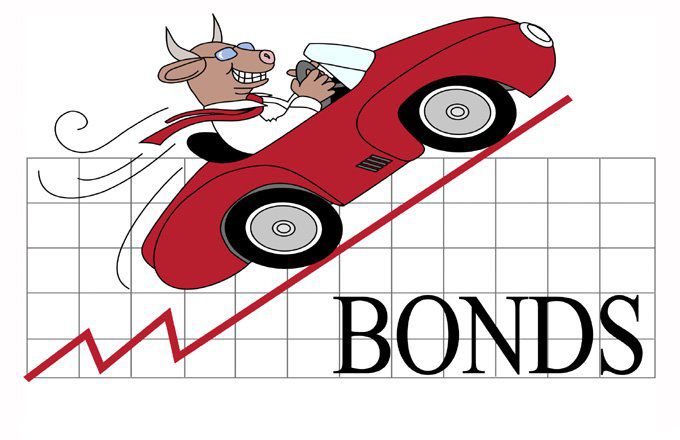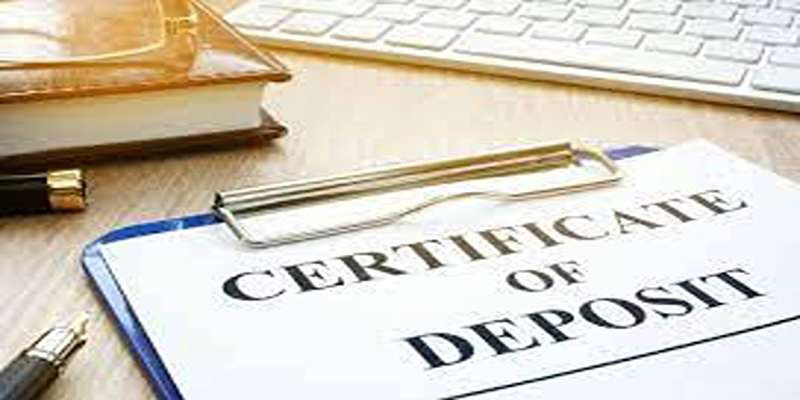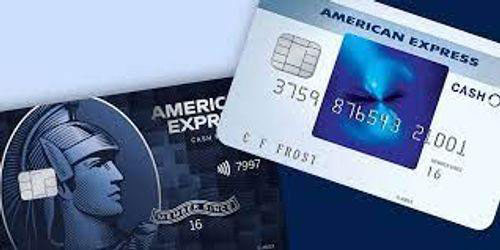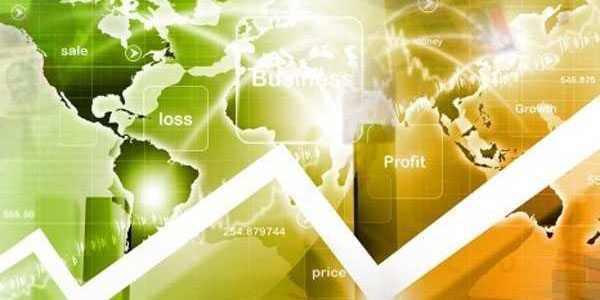Bond prices should be monitored daily since they may provide much information on the future direction of interest rates and, more broadly speaking, how the economy will perform in the coming years. Not by chance, they are an important part of a well-managed and diverse investment portfolio. Bond prices and yields are always in danger of going up or down, but this risk is amplified whenever interest rates move in either direction. Bonds are an essential component of the financial market and an essential source of funding for private companies and the government. To trade in fixed-income securities, you need to know about bond yield. Let's talk about the relationship between bond prices and yields.
An Overview

When a bond is first put on the market, its price is the same as its face value, and its yield is the same as its coupon rate. If you buy a bond that gives you 1% interest for three years, you will get exactly that. You will get the face value of the bond back when it is due. If you don't want to sell it, you don't care about its value. But let's say you buy the same bond we talked about before. Six months after you buy a bond, it goes back on sale to the public.
But now, this bond pays interest of 2%. You've already locked in your rate, but won't this change in interest rates change how much your bond is worth? On secondary markets, bonds can be bought and sold for more or less than their face value.
Taking Bond Prices into Account (Premium vs. Discount)

Why would someone pay more for a bond than its face value? The answer is simple: when a bond's coupon rate is higher than the current market interest rate, it is more desirable. In other words, a bond with a premium price will give the investor more interest payments than they could get on the market right now. Take the case of a bond with a coupon that pays 5%. The face value of this bond is always what it is sold for. Then, the world economy got worse, so the Federal Reserve started to lower the federal funds rate. As a result, many other rates have started to go down, and the current interest rate on the market is just 2%.
Investors know they don't have to be happy with a 2% return. Instead, they could try to buy the 5% bond on the secondary market. But rates are often reflected in the prices on secondary markets. The bonds' prices have increased, so you can't buy them at face value anymore. You'll still get your 5% coupon rate, but you'll have paid too much for the bonds so that the real yield will be closer to 2%.
Bond Yields to Consider
The bond's yield is linked to both its dollar price and its cash flows. Cash flows from a bond come from coupon payments and the return of principal. The principal is paid back at the end of a bond's term, also called its maturity date. A bond's yield is indeed the discount rate that may be utilized to get the bond's price equivalent to the current value of the cash flows from the bond. In other words, the bond's value equals the total of the present values of each cash flow. The current value of every cash flow is determined using a similar discount ratio. This factor is the same as the yield.
Taking a Look at Inflation
The bond yield is the discount rate (or factor) that makes the bond's cash flows equal to its dollar price. So, what is the right discount rate or, put another way, what is the right price? The market rate at the time is the answer. So, there is a chance that the prices on the bond market will change when the Federal Reserve looks at inflation. When inflation is a worry, the Fed might consider raising interest rates. When interest rates go up, it makes lower rates less appealing. Also, the discount rate used to figure out how much the bond is worth goes up. The price of the bond goes down because of these two things.
Conclusion
To know what to expect from the economy and interest rates in the future, you need to understand bond yields. That helps with many things, like picking stocks and figuring out when to refinance a mortgage. When interest rates go up, bond prices usually go down. When interest rates go down, bond prices tend to go up. A bond's price and its yield are often tied together in the wrong way.







